FINEX Folio
By Reynaldo C. Lugtu, Jr.

While it has been proven in historical accounts that investing in innovation during crisis times (e.g., Asian financial crisis, dotcom crisis) pays off when economies bounce back, majority of companies are holding off innovation investments during this time of the pandemic.
Evidently, a 2020 study by McKinsey revealed that “commitment to innovation has decreased as companies work through the COVID-19 crisis and focus on short-term issues.” Furthermore, “executives have prioritized efficiency and keeping their core business secure and stable over innovation.” The study also noted that business leaders “reprioritize innovation when the crisis passes.”
But there are some companies that invest heavily in innovation during this time of the pandemic, which instead of holding off, decide to build their capabilities while everyone else are hibernating, so that when good times come, they will be ahead of the game. These highly innovative companies are referred to as “leapfroggers” in the recent study of Accenture.
Leapfroggers (18% of the entire sample) is a new category of companies that has emerged during these times. “This group stands out in their ability to quickly master the balance between systems strength and increased innovation,” according to the report. They “compressed their digital transformations into a shorter time frame through an aggressive and progressive technology strategy that converted the challenges of the past year into business opportunities and advantage.”
These innovative companies are “stepping up investments in cloud, artificial intelligence (AI) and other technologies,” and “are now growing revenue at five times the rate of ‘Laggards.’” Further to the study’s findings, “laggard companies just recently invested in newer technologies for the first time, largely to maintain business and technology operations during the pandemic,” which puts them “even further behind and in the position of playing catch-up.”
The leaders among the leapfrogger companies “focus not only on the implementation of modern technology, but the critical steps needed to ensure successful scaling across the enterprise, including new agile ways of working, making major changes to reinforce an innovation-led culture and upskilling their workforce.” In other words, innovative companies not only invest on the “hard” elements of innovation (resources, processes, and systems), but also on the “soft” elements, such as values, behaviors, and organizational climate.
Therefore, for companies to build an innovation culture, there are six building blocks to consider — resources, processes, values, behavior, climate, and success. This framework, propounded by Jay Rao and Joseph Weintraub, posits that innovative culture rests on a foundation of these six building blocks, which are dynamically linked. “For example, the values of the enterprise have an impact on people’s behaviors, on the climate of the workplace and on how success is defined and measured,” Rao and Weintraub said.
Values. Values drive priorities and decisions, which are reflected in how a company spends its time and money. Truly innovative enterprises spend generously on being entrepreneurial, promoting creativity and encouraging continuous learning. Values manifest themselves in how people behave and spend, more than in how they speak.
Behaviors. Behaviors describe how people act in the cause of innovation. For leaders, those acts include a willingness to kill off existing products with new and better ones to energize employees with a vivid description of the future and to cut through red tape. For employees, actions in support of innovation include doggedness in overcoming technical roadblocks, “scrounging” resources when budgets are thin, and listening to customers.
Climate. Climate is the tenor of workplace life. An innovative climate cultivates engagement and enthusiasm, challenges people to take risks within a safe environment, fosters learning, and encourages independent thinking.
Resources. Resources comprise three main factors: people, systems, and projects. Of these, people — especially “innovation champions” — are the most critical because they have a powerful impact on the organization’s values and climate.
Processes. Processes are the route that innovations follow as they are developed. These may include the familiar “innovation funnel” used to capture and sift through ideas or stage-gate systems for reviewing and prioritizing projects and prototyping.
Success. The success of an innovation can be captured at three levels: external, enterprise, and personal. External recognition shows how well a company is regarded as being innovative by its customers and competitors, and whether an innovation has paid off financially. More generally, success reinforces the enterprise’s values, behaviors, and processes, which in turn drive many subsequent actions and decisions: who will be rewarded, which people will be hired, and which projects will get the green light.
When we diagnose how innovative an organization’s culture is, we run a 54-question survey across the organization that rates the employees’ perceptions on a scale of 1 to 5 in these six building blocks of innovation. The resulting average rating is what we term as the organization’s innovation quotient, with five being the highest.
So far, we have evaluated the culture of several companies in manufacturing, energy, technology, and financial services in the Philippines. Highly innovative companies scored above 4 — way advanced in their transformation — while those in the early and middle stages hover between 3 and 3.9.
What is interesting is that in all the organizations we evaluated, the tangible tools-oriented building blocks — resources, processes, and success — scored lower relative to the people-oriented determinants of innovative culture — values, behaviors, and climate. The latter usually score higher in Western-world companies. Does this mean that employees in Philippine companies have the right mindset and behaviors toward innovation, but CEOs and boards are underinvesting in tools, technologies, and methods? Most likely.
That is why in our consulting work, we help organizations transform their resources-processes-success building blocks through planning, process audits, and innovation programs. More importantly, we align these with transforming employees’ mindsets, behaviors, and skills — the soft side of innovation — to ensure a sustainable and institutionalized culture change.
The author is the founder and CEO of Hungry Workhorse, a digital and culture transformation consulting firm. He is the chairman of the ICT Committee of the Financial Executives Institute of the Philippines (FINEX). He is a fellow at the US-based Institute for Digital Transformation. He teaches strategic management in the MBA Program of De La Salle University. The author may be e-mailed at rey.lugtu@hungryworkhorse.com.